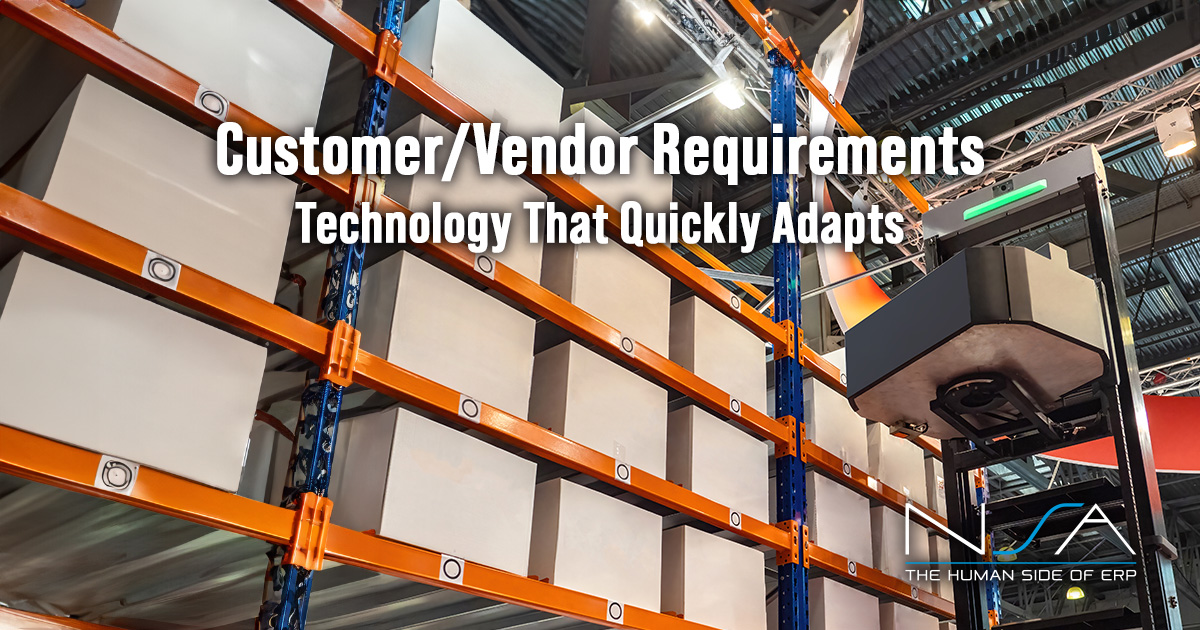Starting a new technology initiative is no simple task. Requiring plenty of planning, decision-making, and cooperation, ERP programs (enterprise management software) can cost businesses exorbitant amounts of time and money when they fail. However, when implemented right, ERP programs can add value and efficiency to businesses. Many ERP distribution companies know how to partner with their clients to help them get off to a good start. If you’re looking to implement a new program soon, take a look at these five characteristics of successful accounting software implementation.
-
Initial Review
Conduct a business assessment to determine if your current systems are capable of supporting your changing needs. A consultant from your ERP distribution company may be able to conduct a meeting, helping your executive team to agree on overall organizational visions, goals, and views of your existing IT program. Next, a meeting should be called with select staff, to discuss issues that might stand in the way of your organization’s success. These meetings should help you identify your system’s strengths and weaknesses, so that you can implement inventory control programs that will help.
-
Design, Develop, and Build
The next step is to determine how the new system will look and function. During this phase, the project and implementation teams work out configurations for the new system, defining roles and documenting standard procedures. This acts as preparation for the launch of the new system and includes activities like completing necessary customizations, developing user training, and importing data.
-
Train Your Staff
No technology project can be implemented successfully if the end-users are not trained adequately. Keep in mind that users process information differently, so it’s wise to include written and visual materials in order to reach individuals with different learning styles. Also work hard to make sure trainees understand the reason for the software change. This motivation will help them to better focus on proper use of the system.
-
Launch
At this stage, the project and implementation teams decide whether to launch the program or hold off. Before the program goes live, the final data is loaded and validated and the project team trains the new group of employees before the old system falls out of use.
-
Continued Support
No launch will be successful unless ongoing support is made available to your team. Quality ERP distribution companies offer support from experienced consultants who can address issues and concerns in a timely, sensible manner.
Every implementation process goes through these phases, though each company navigates them differently. There is no one-size-fits-all approach, but there are certain issues that must be addressed. If you’re ready to launch a new system, get in touch with a consultant today. They’ll help you design an implementation program that works for your business.
Founded in 1984, NSA’s years of experience have taught us what works and, equally important, what does not. We understand that implementing a new software system isn’t your highest priority – running your business is. That is where we come in. We take the reins as much, or as little, as your company needs. To learn more about NSA Computer Exchange Corp, contact us today: 516.240.6020 – solutions@nsa.yourdmc.com


